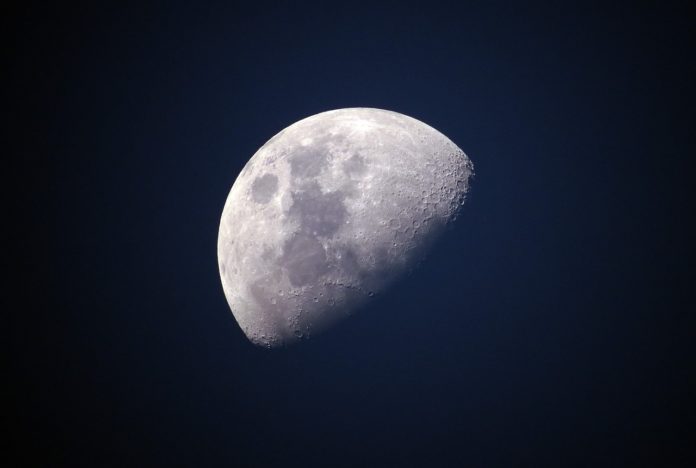According to a new research, our moon had atmosphere before 3 to 4 billion years. It shaped when volcanic emissions shook the old satellite, moving gasses over its surface too quickly for them to saturate space.
Our moon does not have atmosphere now. Its because there is no magnetic field and sufficient mass. Thus, any atmosphere around it wiped away by solar winds.
Moon surface consists of impact basins filled with volcanic basalt. These basalt fields, called Maria, were framed when the crest of magma from inside the Moon ejected to the surface and produced lava flows.

Astronauts from Apollo missions tested samples from Maria to Earth. They found the lava flows consists of carbon monoxide and other gas components, sulfur, and even the building blocks of water.
From the samples, they then calculated how much gas rose and accumulated to form the transient atmosphere. They found that the volcanic action crested around 3.5 billion years back, which was the point at which the climate was at its thickest.
Universities Space Research Association (USRA) Senior Staff Scientist David Kring said, “This work dramatically changes our view of the Moon from an airless rocky body to one that used to be surrounded by an atmosphere more prevalent than that surrounding Mars today.”
According to scientists, the atmosphere on moon persisted for around 70 million years. It was almost three times closer to Earth and therefore would have appeared much bigger in the sky.
The volatiles from the environment may have been caught close to the lunar shafts in chilly, for all time shadowed regions. Means, there may already be a source of ice on the Moon that astronauts and colonists can use for drinking water, growing food and other needs.
